Hiking Mt Sinai is the sort of thing that many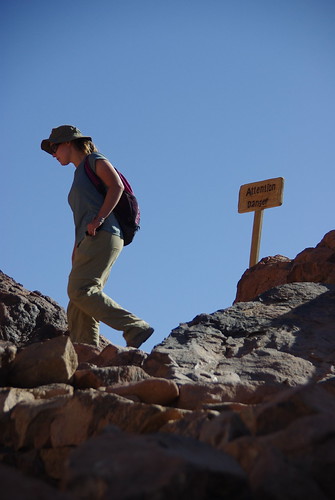 people come to Egypt to do. Most people fly to one of Egypt’s expensive coastal cities, book a tour, get on the bus around midnight, arrive sometime before 2am, and with some luck are at the summit with one thousand of their closest friends that they never met before who are all just as tired and cranky as you’d expect them to be…..oh, but the sunrise is spectacular. We decided against that route.
people come to Egypt to do. Most people fly to one of Egypt’s expensive coastal cities, book a tour, get on the bus around midnight, arrive sometime before 2am, and with some luck are at the summit with one thousand of their closest friends that they never met before who are all just as tired and cranky as you’d expect them to be…..oh, but the sunrise is spectacular. We decided against that route.
We arrived in the small yet touristy town of St. Catherine’s in the afternoon. This is little town is walking distance from the actual mountain but sees a mere fraction of the traffic the mountain does…since no one wants to sleep here. We were welcomed to town by nice cool air (it might be a desert but it is as high as Denver) along with a Bedouin man who took us rather quickly to his hotel where we quickly made ourselves comfortable as the only guests there. We sat out under the stars,enjoyed a nice Bedouin dinner (which looked surprisingly similar to Italian) and prepared to sleep in rather than waking up at 2am to start our hike…we slept until 10 am.
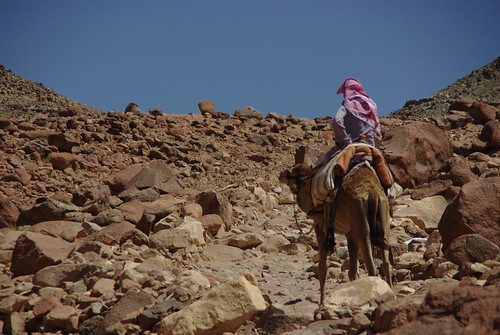 Doing this hike in the afternoon has three clear benefits from my standpoint. One, you’re awake. Two, you can see things and will enjoy yourself rather than injure yourself. Three, hardly anyone else does it this way. Teaming up with another fellow who arrived at our hotel long after we did we set off around midday to start our hike, passing the usual camel in the road, a couple of fruit stands, and an overpriced souvenir shop.
Doing this hike in the afternoon has three clear benefits from my standpoint. One, you’re awake. Two, you can see things and will enjoy yourself rather than injure yourself. Three, hardly anyone else does it this way. Teaming up with another fellow who arrived at our hotel long after we did we set off around midday to start our hike, passing the usual camel in the road, a couple of fruit stands, and an overpriced souvenir shop.
Arriving at the St. Catherine’s Monastery at the foot of the mountain we obtained the mandatory guide (in lieu of an entry fee) and started up the long windy trail rather than the steep staircase. 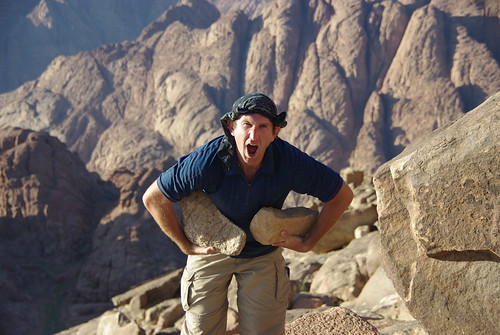 On the way we passed 16 overpriced snack shacks but only a handful were open…they really exist for that morning crew. We had the mountain to ourselves the entire 3 hours we hiked.
On the way we passed 16 overpriced snack shacks but only a handful were open…they really exist for that morning crew. We had the mountain to ourselves the entire 3 hours we hiked.
At the top we were the first to arrive and immediately set to work. First I needed to find to large stones in the shape of tablets. Then, I gave myself a “desert nomad” look using my bandanna and found a suitable place for the photo shoot where I cast myself as Moses. Finally, I posed for the camera with my props approximately 250 times. Most of these photos remain private however, and will be used at a later date.
As far as I can tell, the sunset was just as spectacular as the sunrise would have been except that we were awake to see it so it didn’t feel quite as otherworldly as many who climb in the pre-dawn hours might experience. We went down that mountain rather quickly, and aided by the light of the nearly full moon. We ate well that night and slept even better.
spectacular as the sunrise would have been except that we were awake to see it so it didn’t feel quite as otherworldly as many who climb in the pre-dawn hours might experience. We went down that mountain rather quickly, and aided by the light of the nearly full moon. We ate well that night and slept even better.
IF YOU GO: Trust us, go and spend a couple of nights in St Catherine’s rather than doing this as an uncomfortable bus trip from Dahab. We stayed at Sheik Sina (owned by Sheik Musa’s son/) and had a found it very comfortable with a lot of options regarding lodging. Getting out the options were a bus to Dahab or a bus to Cairo (where we came from) so we took a cap to Nuweiba in order to continue to Jordan. You can walk to the Monastery and the hike from town without a problem.


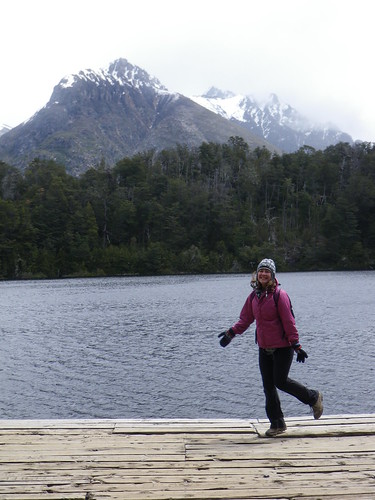
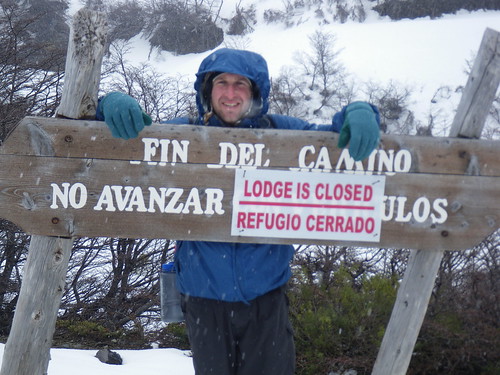


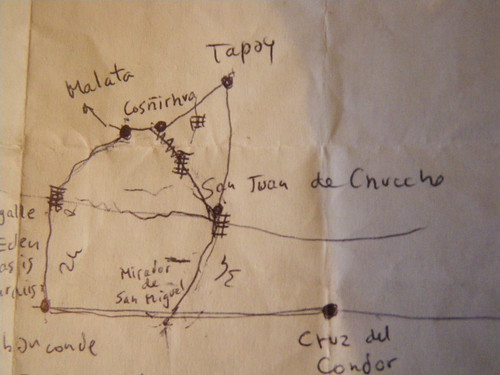

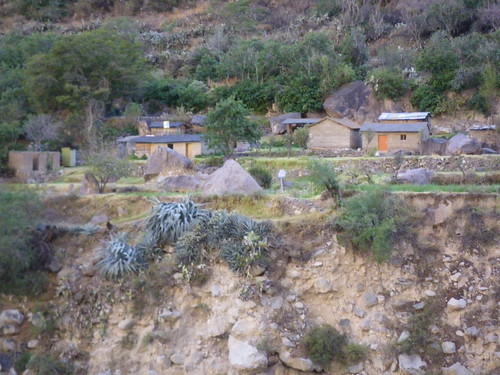


Recent Comments